
German Porcelain: History of Creation and Development
German Porcelain - Embodiment of Style and Elegance. The products are so perfect that it may seem as if meticulous Germans have been engaged in creating delicate items for at least a thousand years. However, that's not the case. The concept of German porcelain emerged only in the early 18th century.
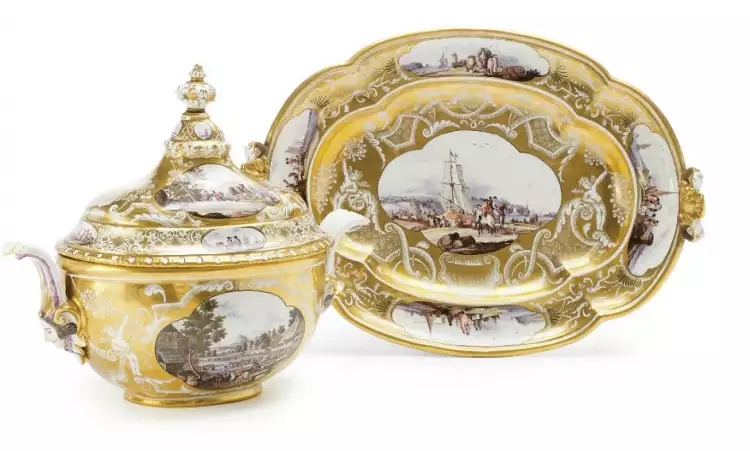 German porcelain Meissen. Items of table service
German porcelain Meissen. Items of table service
Genuine German porcelain production started due to the widespread fascination with Asian culture. Since Chinese porcelain first arrived in Europe, the secret of its production became a coveted and unattainable goal for Western monarchs. Royal courts were obsessed with the idea of porcelain, and nobility yearned to possess this treasure.
The first person to bring the idea of German porcelain to life was King of Poland and Elector of Saxony, Augustus the Strong (August II der Starke). He enlisted the help of alchemist Johann Friedrich Böttger, who promised to increase the treasury by transforming mercury into gold. Although the alchemist failed in this endeavor, he, together with physicist Ehrenfried Walther von Tschirnhaus, finally achieved success in 1708 by producing porcelain that rivaled Chinese ware in durability. By royal decree, the first European porcelain manufactory for hard-paste porcelain was established in 1710 at Albrechtsburg Castle in Meissen.
 German porcelain. Albrechtsburg Castle - the birthplace of Meissen porcelain
German porcelain. Albrechtsburg Castle - the birthplace of Meissen porcelain
Meissen Porcelain - Exemplar of Style and Quality
Initially, the masters of the Meissen manufactory borrowed forms and decorative motifs from Chinese examples. In the 18th century, they used grinding and polishing techniques for porcelain decoration, as well as applied relief in the form of laurel and acanthus leaves. The period of work by the artist Johann Herold is known as the "pictorial" period when painting dominated the decoration. Eastern themes were displaced by narrative miniatures:
- Pastorals depicting shepherds and shepherdesses or ladies and gentlemen in meadows.
- Genre and gallant scenes from courtly life.
- Maritime and forest landscapes.
With the appointment of Johann Joachim Kändler as the master modeler, the sculptural period began, emphasizing the three-dimensional embellishment of the items. Kändler also developed a collection of baroque-style sculptures and small boudoir figurines depicting dancers, hunters, and mythological characters.
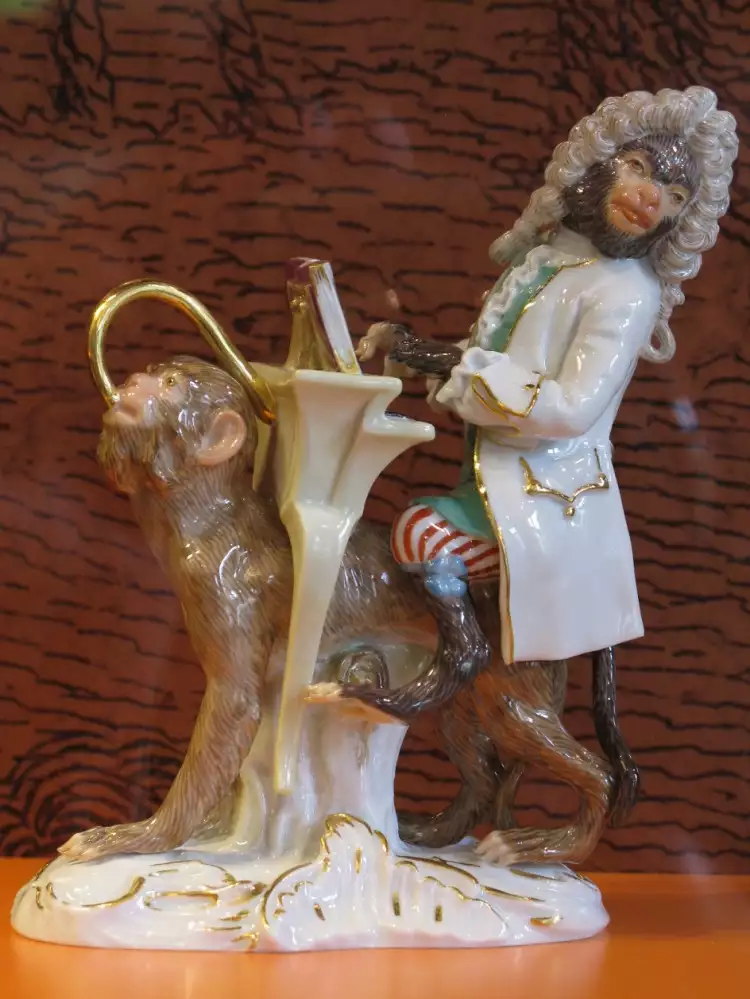 German porcelain. Johann Kendler. Monkey Orchestra. Collection of the Porcelain Museum in Dresden
German porcelain. Johann Kendler. Monkey Orchestra. Collection of the Porcelain Museum in Dresden
During this time, the famous "onion pattern" was also created, which is still used by European factories.
In the 20th century, the Meissen factory embarked on a search for new artistic solutions, but later decided to halt modernization and continue the reinterpretation of the 18th-century style. From that moment until the present day, Meissen continues to produce products based on 18th-century designs.
The New Day of German Porcelain
Even strict security measures couldn't keep the secret within the walls of Albrechtsburg Castle. By the end of the 18th century, Germany had 7 porcelain factories:
- KPM Berlin, founded in 1763.
- Nymphenburg, established in 1747.
- Fürstenberg, in operation since 1747.
- Wallendorf, opened in 1764.
- Höchst, active from 1746 to 1796.
- Frankenthal, operational from 1755 to 1799.
- Ludwigsburg, functioning from 1758 to 2015.
The company Allach produced porcelain from 1935 to 1945. The family business Rosenthal, founded in 1879, remains one of the most renowned porcelain manufacturers in the world today.
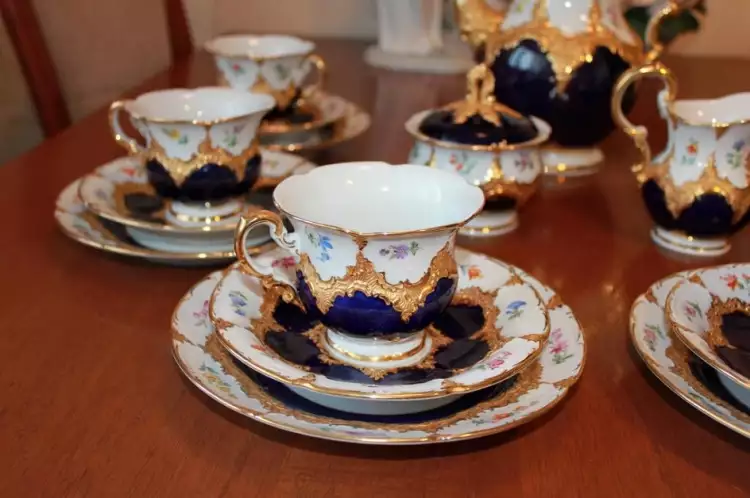 German porcelain. Meissen tea set, early 20th century
German porcelain. Meissen tea set, early 20th century
And now, after 300 years since the alchemist Böttger's first experiments, German porcelain stands as a testament to true craftsmanship and a coveted possession in every collector's treasury. The website Very Important Lot helps admirers of Meissen porcelain expand their collections: they can purchase Meissen figurines, tableware, and exquisite curiosities from antique shops listed on the platform or through online auctions.
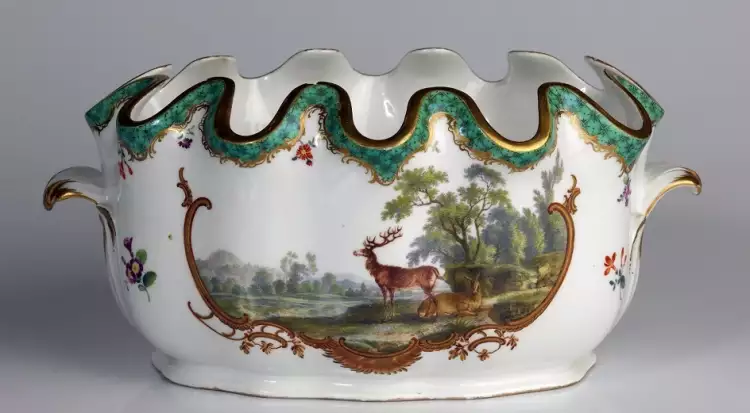
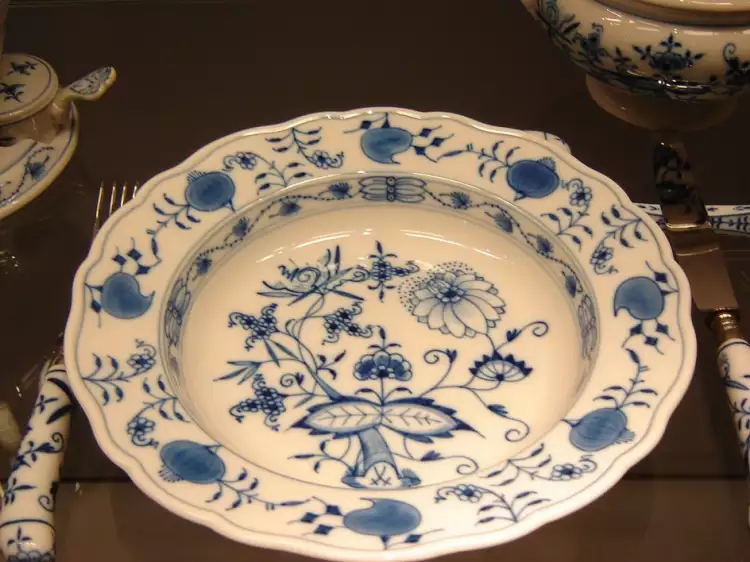
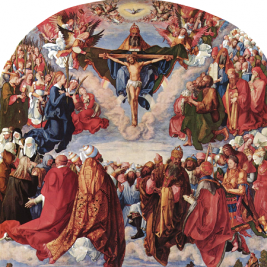 The painting "The Adoration of the Trinity" by Albrecht Dürer - The City of God through the eyes of the artist
The painting "The Adoration of the Trinity" by Albrecht Dürer - The City of God through the eyes of the artist 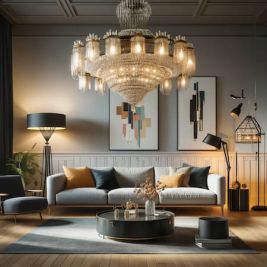 Illuminating the Past: The Rise of Vintage Lighting in Modern Decor
Illuminating the Past: The Rise of Vintage Lighting in Modern Decor 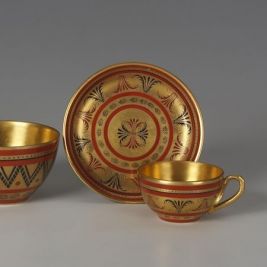 Kuznetsov porcelain
Kuznetsov porcelain  Battle genre in painting: heroic battles and anti-war pathos
Battle genre in painting: heroic battles and anti-war pathos  Application is a technique of decorative and applied art: essence, types, history
Application is a technique of decorative and applied art: essence, types, history 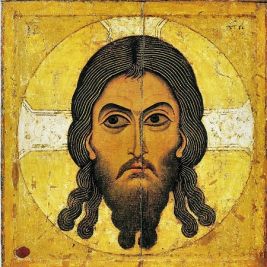 The Art of Ancient Russia is a unique blend of pagan traditions of Eastern Slavs and Byzantine influence on the local culture
The Art of Ancient Russia is a unique blend of pagan traditions of Eastern Slavs and Byzantine influence on the local culture  Fayum mummy portraits - ritual painting that preceded its time
Fayum mummy portraits - ritual painting that preceded its time  Mural - monumental urban art of immense scale
Mural - monumental urban art of immense scale 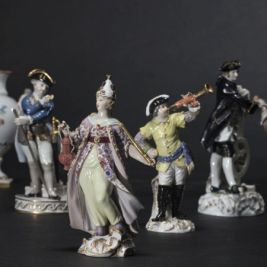 Online auction at HERMANN HISTORICA 8-13 July 2024: Kunst, Antiquitäten & Antiken
Online auction at HERMANN HISTORICA 8-13 July 2024: Kunst, Antiquitäten & Antiken 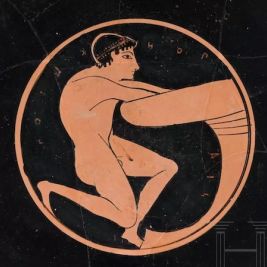 Hermann Historica Auction: Kunst, Antiquitäten & Antiken
Hermann Historica Auction: Kunst, Antiquitäten & Antiken